Airspace closures and flight cancellations can happen quickly and unpredictably in today's volatile geopolitical landscape, leaving operators scrambling to reroute flights and assess risk. But what happens when those airspaces begin to reopen or flight operations begin to resume? Determining when and how to resume your operations in previously restricted airspace or conflict zones is a complex challenge, requiring a multi-faceted approach that combines risk assessments, regulatory approvals, insurance considerations, and operational feasibility.
The stakes are high. Resuming operations too soon can expose airlines and business aviation operators to unacceptable levels of risks. Waiting too long can mean lost revenue, competitive disadvantages, and operational inefficiencies. Understanding the key indicators of airspace de-escalation and navigating the airspace reopening and/or flight resumption process is critical for making informed, risk-based strategic decisions.
What Signals an Airspace is Becoming Safer?
The decision to resume operations in a previously restricted airspace or conflict zone should never be based on a single factor. Instead, operators must assess a range of intelligence-driven indicators, including:
- Geopolitical Shifts – Are tensions stabilizing, and is there evidence of diplomatic efforts to resolve conflict?
- Military & Security Developments – Has the presence of military forces, air & air defence activity, or conflict zone dynamics diminished?
- Regulatory Guidance – Are aviation authorities beginning to ease restrictions or provide new operational guidance?
- Incident Trends & Risk Assessments – What does the latest open source intelligence reveal about the frequency and nature of activity hazardous to aviation in the region?
Access to real-time, data-led open source intelligence is critical in answering these questions. Operators need a structured framework for assessing airspace risk and understanding when it’s appropriate to consider reactivation.
Regulatory, Insurance & Operational Considerations
Once the open source intelligence suggests the airspace is stabilizing, operators must navigate the practical steps to resuming flights via dynamic risk assessments. This requires coordination across multiple stakeholders, including regulators, insurers, and internal leadership.
- Regulatory Requirements – Aviation authorities and national regulators play a crucial role in airspace management. Operators must stay informed on the latest updates and approvals required for route reactivation.
- Insurance & Risk Management – Underwriters also conduct risk assessments for airspace impacted by conflict zone activity and provide coverage options. Understanding how insurers asses risk can impact both financial and operational decision-making.
- Operational & Commercial Feasibility – Beyond safety, operators must consider the commercial viability of reopening routes. Will passenger demand support the decision? Are logistical factors—such as refuelling, emergency contingencies, and crew security—adequately addressed?
Securing Leadership Buy-in – Teams must effectively communicate risk assessments to senior decision-makers. Leadership needs clear, actionable assessments to justify reactivating routes while balancing safety, security, compliance, and financial implications.
Join the Discussion: Expert Insights on Route Resumption Considerations
To help operators navigate these challenges, Osprey Flight Solutions is hosting an exclusive panel webinar on 30 April (now on demand), bringing together key industry experts to explore how and when to safely resume operations in de-escalating airspace over and near conflict zones.
This one-hour panel discussion features:
- Security Intelligence Provider – Experts in real-time open source intelligence and
- Aviation Regulator – Guidance on compliance, safety, and operational approvals
- Aviation Underwriter – Insights into insurance coverage and risk mitigation strategies
- Operator Representative – Practical perspectives on reactivating routes safely and efficiently

Watch On-Demand Now: View now








